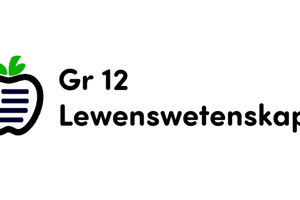Podcast
Questions and Answers
What is genetic engineering primarily used for?
What is genetic engineering primarily used for?
- Increasing the physical strength of humans
- Altering an organism's genetic material for specific traits (correct)
- Creating artificial intelligence with human-like traits
- Enhancing human emotional intelligence
Which type of robot operates independently of human operators?
Which type of robot operates independently of human operators?
- Autonomous Robots (correct)
- Humanoid Robots
- Pre-Programmed Robots
- Teleoperated Robots
What is one potential risk associated with advanced technologies as mentioned in the content?
What is one potential risk associated with advanced technologies as mentioned in the content?
- Devaluation of humanity (correct)
- Reduction in technology costs
- Enhancement of human capabilities
- Increased human labor demand
What is the main focus of nanotechnology?
What is the main focus of nanotechnology?
Which scenario does NOT represent a future possibility mentioned in the content?
Which scenario does NOT represent a future possibility mentioned in the content?
Flashcards are hidden until you start studying
Study Notes
Three Possible Scenarios For The Near Future
- Genetic Enhancement: The possibility of increased intelligence and longer lifespans free from genetic diseases.
- Stem Cell Research: Potential to regenerate any tissue in the body.
- Psychotropic Drugs: The use of drugs like Prozac and Ritalin to achieve happiness without side effects.
21st Century Technologies
- Genetic Engineering: Altering or manipulating an organism's genetic material for specific characteristics.
- Applications: research, medicine, industrial biotechnology, and agriculture.
- Uses: cloning, genetically modified organisms (GMOs), and gene therapy.
Robotics
- Interdisciplinary Field: Combining computer science and engineering to design, manufacture, and operate robots.
Types of Robots
- Pre-Programmed Robots: Perform simple, repetitive tasks in controlled environments.
- Humanoid Robots: Robots resembling humans and mimicking human behavior.
- Autonomous Robots: Operate independently of human control.
- Teleoperated Robots: Mechanical bots operated remotely by humans.
- Augmenting Robots: Enhance human capabilities or replace lost functions.
Nanotechnology
- Manipulation of atomic or molecular scale to improve and revolutionize various industries.
Artificial Intelligence
- Machines emulating traditional human responses, demonstrating contemplation, judgement, and intention.
Potential Risks to Society
- Devaluation of Humanity: The possibility that AI could diminish human value.
- Labor Displacement: Reduced need for human labor due to automation.
- High Creation Costs: The expense associated with developing new AI technologies.
- Ethical Considerations: Moral dilemmas arising from AI development and implementation.
- Social Isolation: Potential for increased social isolation as people rely more on technology.
- Environmental Problems: Environmental impact stemming from AI development and implementation.
Studying That Suits You
Use AI to generate personalized quizzes and flashcards to suit your learning preferences.




